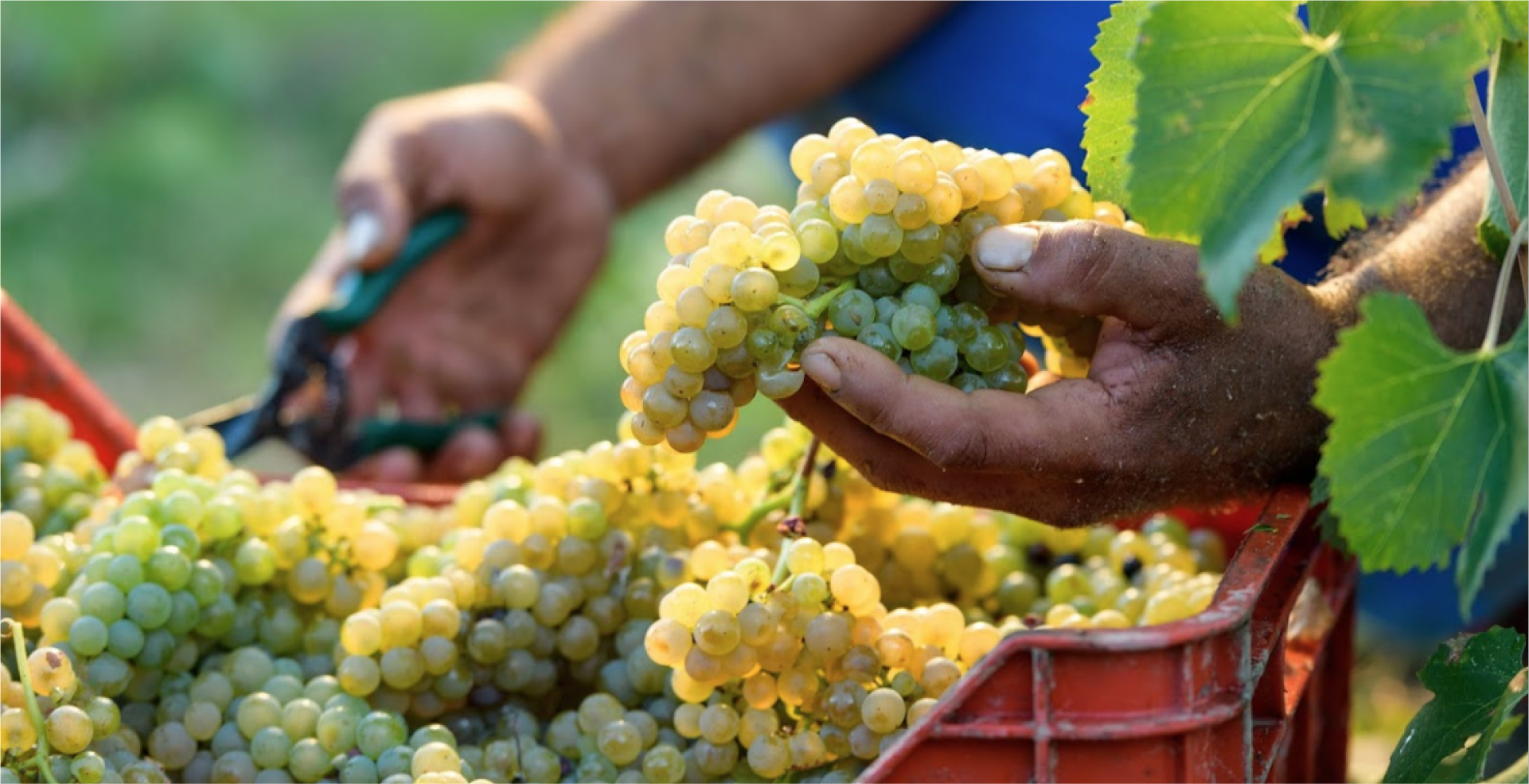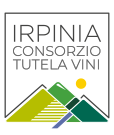At low altitudes the substratum consists of sandstones and sands and alternating pelitic-arenaceous sandstones variously mixed with sulphur mineralisation. In the southern sector of the area, the terrigenous deposits are diffusely covered, in discordance, with loose pyroclastites and, in evident subordination, with the lithoid volcanites of the Ignimbrite Campana. Finally, the valley floor of Sabato river is modelled in gravel and gravel-sand alluvial deposits. The prevailing soils are Andosols (Vitric Andosols, Luvi-Vitric Andosols, Cutani-Vitric Andosols), deep, on calcareous marls, mixed with ash and fall ash, with a fine to moderately fine texture; Calcisols (Haplic Calcisols), deep, marly, with a moderately fine texture; Cambisols (Calcaric Cambisols), moderately deep, with a moderately fine texture. The slopes of the vineyard areas vary, predominantly (72% of the territory), from strong (13-20%) to very strong (20-35%); a fair portion of the territory (18%) is characterised by moderate slopes (5-13%). The exposures are substantially distributed among the different directions, with a slight predominance of those between east and west. The bioclimate of the vineyard area, classified using the Winkler Index, ranging between 1640 and 2199, with an average of 1980, is particularly well suited to the production of fine wines. A significant impact on the quality of the grapes and the resulting wines is exerted by the summer temperature ranges that characterise the hilly area where Greco di Tufo is produced.
GRECO
DI
TUFO
TERROIR
Greco di Tufo DOCG production area covers a total of 6,145 km2. It includes the territory of the municipalities of Tufo, Altavilla Irpina, Chianche, Montefusco, Prata di Principato Ultra, Petruro Irpino, Santa Paolina and Torrioni.
The general climate of the area is typically Mediterranean, influenced by its hilly orography and by the presence of numerous woods that mitigate the temperature peaks especially in summer. Winters are cold, while summer periods are very dry, with high temperature ranges.
The dominant landscape is characterised by an elevation range that goes from low (164 - 300 m a. s. l.) to medium (300 - 500 m a. s. l.) and high (500 - 700 m a. s. l.), which, respectively, represents 22%, 56% and 21% of the entire Greco di Tufo DOCG area. The geological substrate consists predominantly of terrigenous and volcanic deposits and, subordinately, of alluvial deposits. The terrigenous deposits outcrop mainly in the northern sector of the area and consist, at high altitudes, of polygenic and heterometric conglomerates.
WINEMAKING
Greco di Tufo grapes are generally harvested between the first and third ten days of October. The grape berry is rich in phenolic compounds that give wine a rather intense yellow colour and an important density. It has a delicate skin that easily yields its contents to the must and a high acidity that makes it interesting for producing sparkling wine. Therefore, its vinification, that takes place in stainless steel tanks to preserve its structure and olfactory integrity, is complex.
It is a muscular wine, which nevertheless always shows its strong organoleptic features, emphasising its structure. It has longevity quality that allow its typical mineral notes and persistent freshness to emerge.
Types of Greco di Tufo::
• Greco di Tufo DOCG
• Greco di Tufo DOCG “riserva”
with a minimum ageing period of 12 months;
• Greco di Tufo DOCG “spumante”
classic method only, with a minimum ageing period of 18 months;
• Greco di Tufo DOCG “spumante riserva”
classic method only, with a minimum ageing period of 36 months.
PAIRINGS

The introverted Greco di Tufo, which has always been the white blazon of Irpinia, stands out for its structure, which manifests itself even with a slight, yet pleasant astringency, and for its strong acidity, both a blessing and a curse of this wine.
It is golden-yellow and its fascinating nuances recall the attractive Etruscan gold. From the olfactory point of view, its aroma evokes yellow and exotic fruits, and, in some cases, citrus fragrances and balsamic notes. It is vibrant in its flavours, vertical, characterised by a perceptible savouriness. It has a good freshness and an excellent persistence. For these qualities it lends itself to being paired to seafood, “in guazzetto”, grilled, au gratin, and to different cod-based dishes, also with tomato sauce, but it pairs best with meat, especially the “Riserva” type, a well-aged wine with a sensory profile rich in personality. The sparkling types are ideal for pairing with both seafood and raw meat dishes.
Description by Annito Abate, Delegate of AIS Avellino Delegate.



